This is part of a long series of posts about the Sony a6300. The series starts here.
In the preceding post, I posted three series of images leaving the exposure the same, varying the ISO in full stop intervals, and pushing the images in post to make them have equal brightness. I used continuous shutter mode for those series, and demonstrated that the camera is not ISOless in continuous shutter mode.
Now I’m going to go one stop higher in ISO. I started at ISO 6400, close to, but below the point where the a6300 does low pass spatial filtering on its raw files, left the exposure the same, and made images at ISO 3200, 1600, 800, 400, and 200. Then, in Lightroom, I pushed the ISO 3200 image one stop, the ISO 1600 image two stops, and so on, until I got to the ISO 200 image, which got a five stop push.
Here’s the overall scene, as seen by the a6300 and a Zeiss Loxia 21/2.8, using Lightroom CC 2015.5 with default settings except for white balance:
Now, we’ll give the shadows a +100 shadow move and crop to a part of the image with some dark areas, and make a set of 200% enlargements.
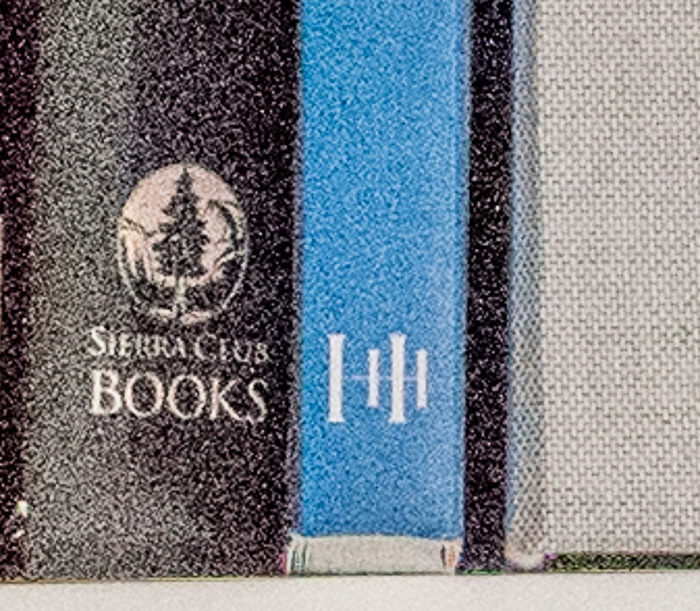
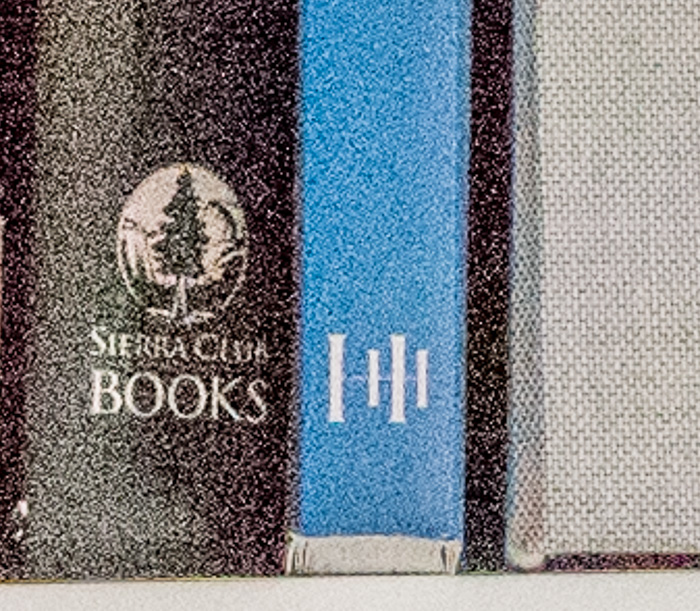
Not much change.
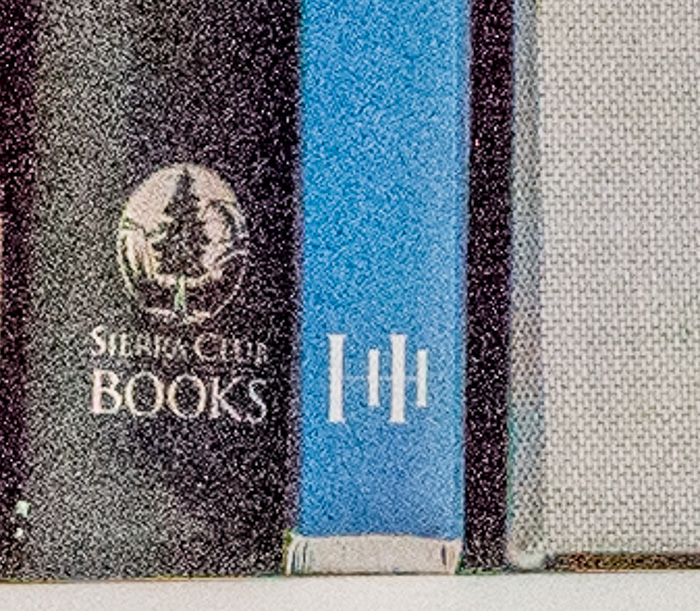
A little more noise.
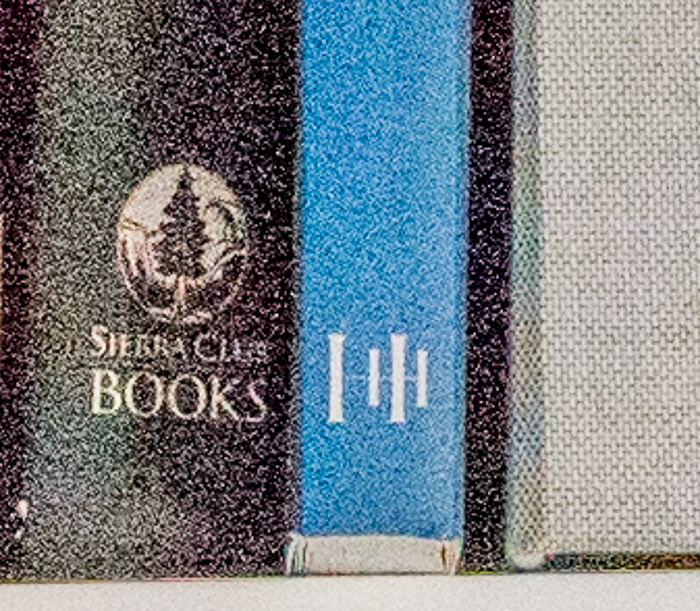
A little more noise, but not much.
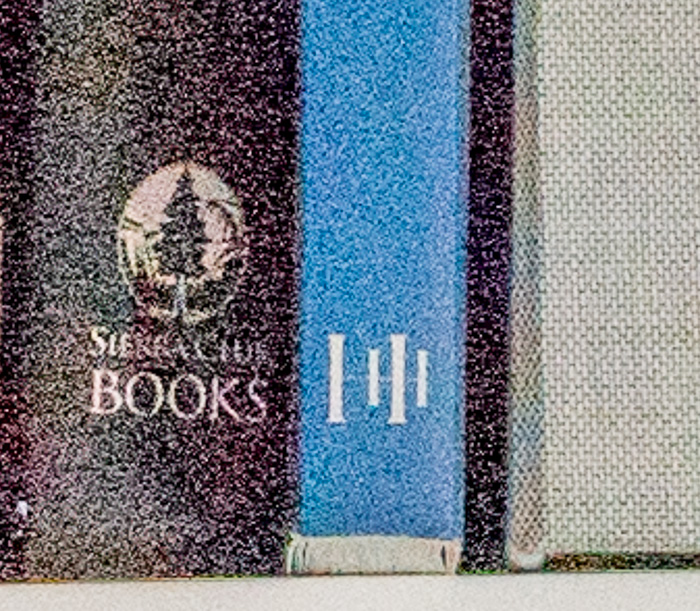
Noticeably more noise.
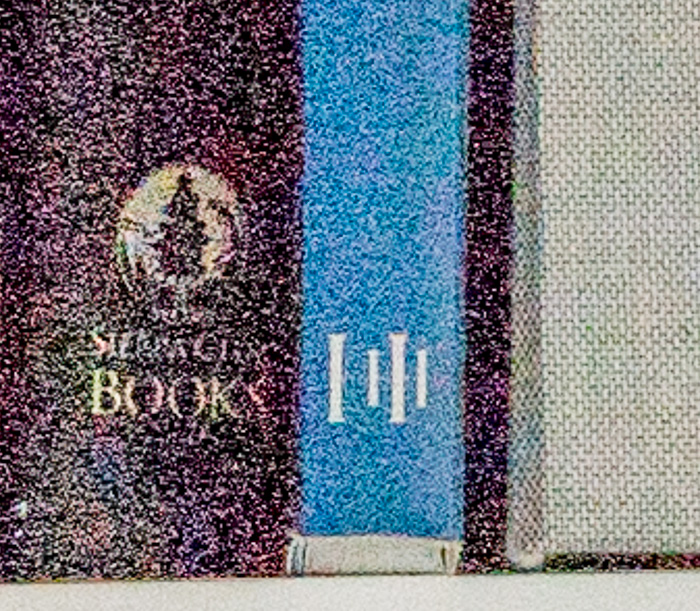
A lot more noise, since we just crossed the conversion gain change ISO.

Leave a Reply